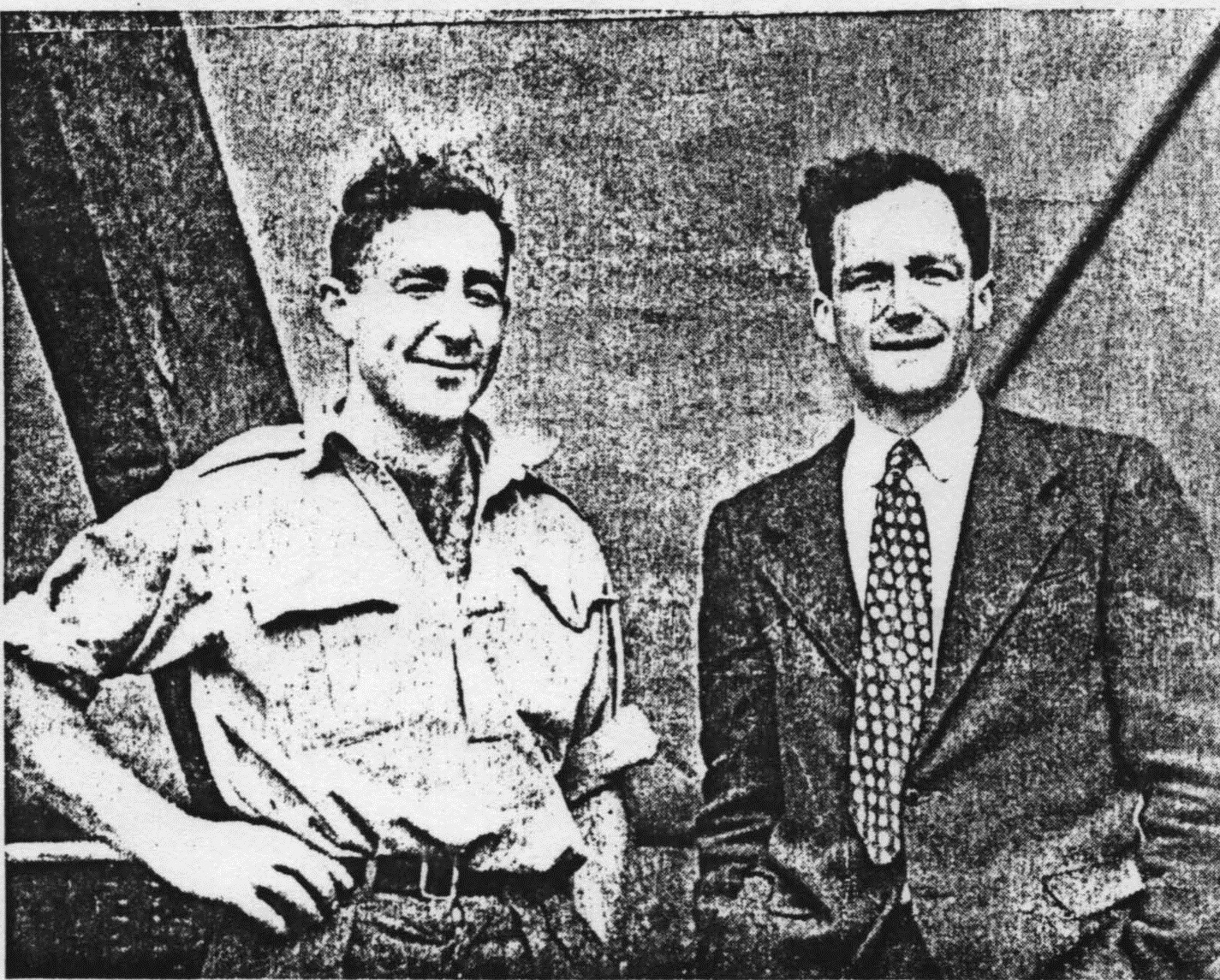I can only imagine now the naivety and optimism with which the two boys tackled their pile of lumber that had been moved to the back yard of their Northcote home. I think a lot about how opportunity works. For a seed that is dropped from a plant, there are a relatively small number of factors required for it to sprout and grow. But some seeds land in a more fertile location. And such are opportunities. There are things that align to make some opportunities more fertile than others.
One such factor would be the youthful enthusiasm of two young men who had just returned home from WWII. The entire generation was energized by that event to believe in themselves. Work ethic and determination ruled the day. The “can-do spirit”. Then there was the timber with which New Zealand was gifted. I’ve read that the Maori became great carvers partly due to the quality of timber they had as a resource. This is certainly true of New Zealand boat builders. I’ve often thought it sad when I hear people who think that wood is a poor material for building. It makes me realize they have never had the opportunity to work with quality wood. Another point in the alignment is the point in time of the evolution of boat building and industry. Boats had been built of wood and by hand for thousands of years. The techniques continually being refined from generation to generation. Leda came along at a time when the industry was going to change radically in not so many years by the introduction of completely new materials and techniques to match. I see her as being pretty near the pinnacle in a timeline that took thousands of years and countless hours of human labor to develop. It is not my intent to argue that wood is a better boat building material than fiberglass, but once composite construction came along, not many boats like Leda were ever built again. When you go sailing on one, you know there is a difference. Additionally New Zealand boat builders were innovators using double and triple planking as a construction technique. Then there is New Zealand itself and its sailing culture.

So, I am envious of the two young men with their pile of lumber and the future of limitless possibilities stretched out before them. Apparently Dooley had worked as an apprentice at the Lidgard boat yard. This gave him some experience but it also introduced him to others who would help in the project. There would have been Jack Taylor, the draftsman who drew Leda’s plans. This would have been no small undertaking. Also, there would have been Jim Young, who was enlisted to help on the project and would go on to become a legend in New Zealand yachting.
As near as I know, Jim Young became more of a consultant on the project than actually laying on hands. I know that his story of events and Dooley’s story of events don’t completely mesh. But what can you expect after 70-years. I, myself was still young (or a lot younger) when I first met Dooley. He was extremely patient with my barrage of questions. I remember asking him something that I thought of as an important detail. His answer, to my disappointment, was that he no longer remembered. The irony is that I no longer remember what the question was. While in the depths of the work I did on Leda, I was so consumed with the project that I did not take very many notes. It won’t be any surprise to anyone who has been there that now many of the details of what was done, and why, are gone from my memory. It is another gift of youth that we think the present lasts a lot longer than it does.
Regarding youth and opportunity, I’ve noticed in my own life that as we age, our friendships change. Typically we take on more responsibility which requires that we put more effort into our own plans. As a result we spend less time hanging out with friends. Dooley and Sandy took on their project at a time in their lives when they still had a lot of young friends who could come and lend a hand. This fleet of unskilled labor can’t be discounted. Jobs like riveting, some 8000 copper rivets and caulking the hull while feeding red lead paint through a funnel contraption would have taken a single person so long it might never have been finished.
The arrangement was that Dooley would work full time on Leda. Sandy was working at the Auckland Star as a reporter and would bring in money to keep the project moving and keep a roof over their heads. And Kit, Dooley’s wife, would make sure they ate.
I never got to meet Sandy, but I did get a chance to meet both Kit and Dooley. If there was ever any fear that the project might not be successful, I never heard about it in any of their stories. And this might be the biggest gift of youthful enthusiasm of all. It just never occurred to them it might not work.
–Next: Building Leda
– For those who have already read the section on building or those who may be more interested in other aspects of Leda’s history: Gone Sailing would be your next stop.
–Previous: Ragna R, Uffa Fox and Leda